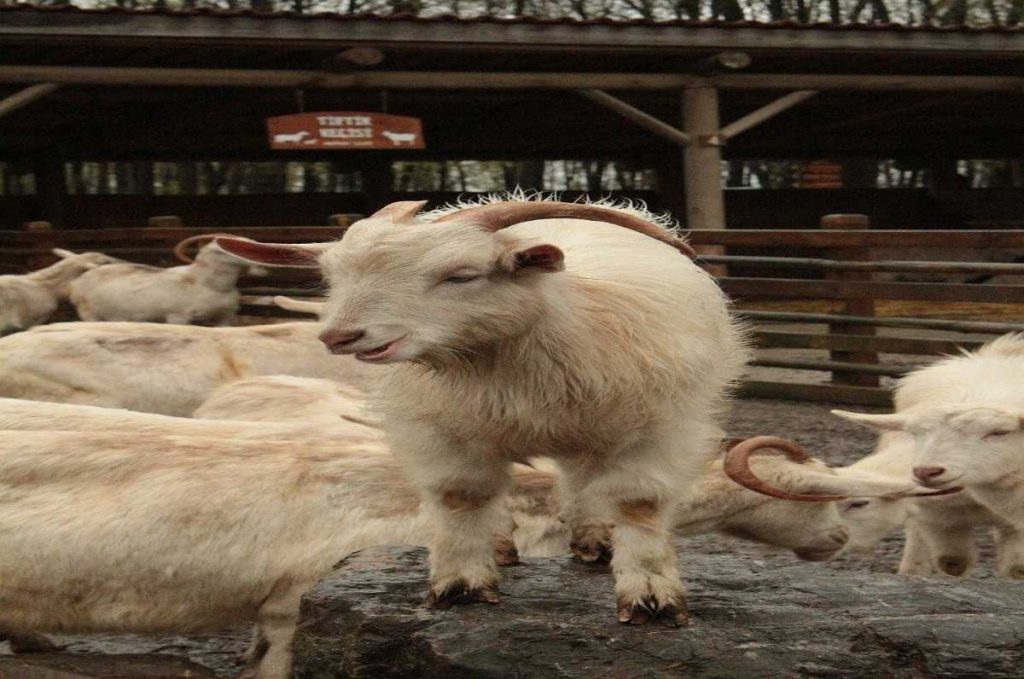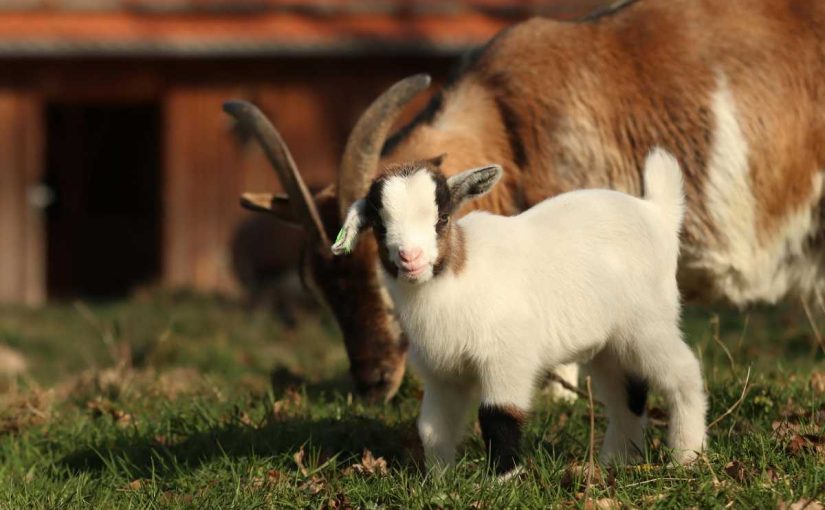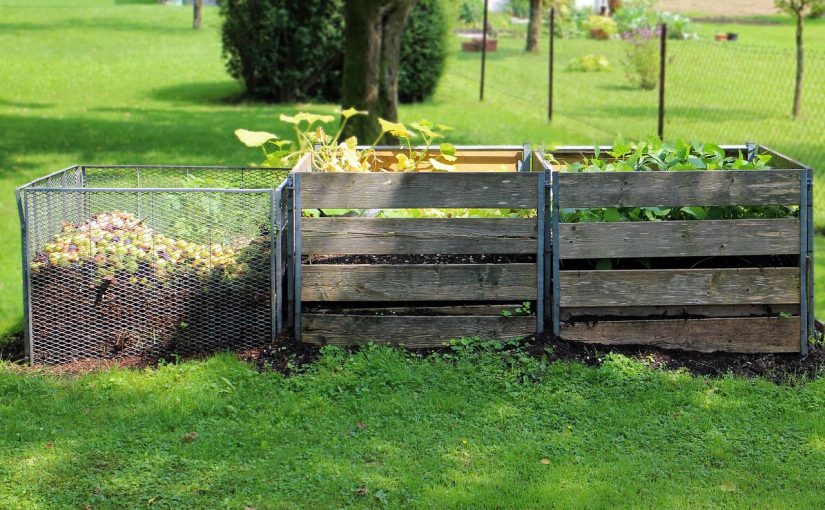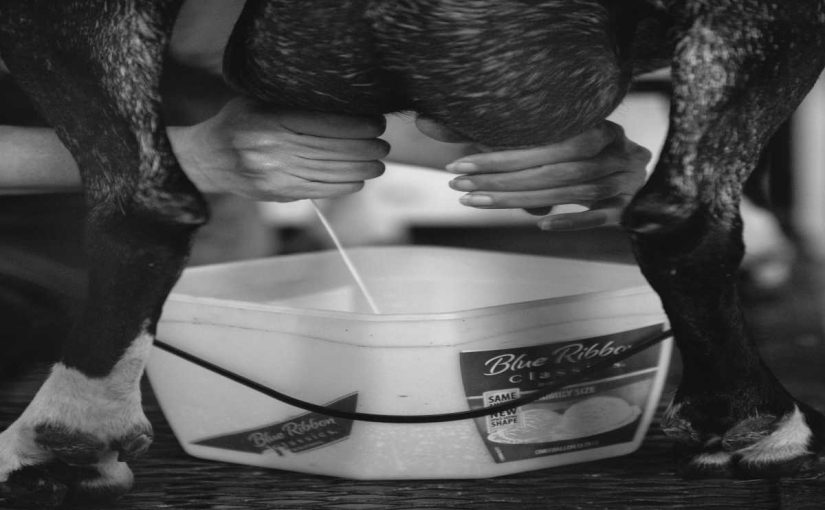Breeding goats is an essential part of any goat farming operation, whether you’re focusing on milk, meat, or fiber production. Efficient breeding strategies help improve herd genetics, boost productivity, and ensure the overall health of your goats. However, breeding goats requires careful planning, knowledge of genetics, and proper management techniques to maximize the benefits. In this blog, we’ll discuss eight efficient goat breeding strategies that modern farmers can implement to enhance the quality and performance of their herds.
1. Select for Desired Traits
Breed for Purpose
One of the most important aspects of goat breeding is selecting animals that exhibit desirable traits for your specific farming goals. Whether you’re raising goats for dairy, meat, or fiber, it’s essential to breed for specific characteristics such as size, milk production, fertility, temperament, and disease resistance. By selectively breeding goats with superior traits, you can improve your herd’s overall performance.
Tip: Make sure to focus on traits that will enhance your production goals. For example, select high-yielding dairy goats if you’re focusing on milk production or select meat goats with excellent muscle development for meat production.
2. Implement a Planned Breeding Program
Controlled Breeding for Consistency
A planned breeding program ensures that your goats are bred at the right time and that genetic diversity is maintained. By setting up a breeding schedule and following it, you can better control breeding intervals, monitor offspring quality, and avoid inbreeding. A well-structured program also helps you track the genetic background of each goat, allowing for better decision-making in future breeding choices.
Tip: Use tools like a breeding calendar or software to keep track of breeding dates and monitor the genetic lineage of each goat.
3. Incorporate Artificial Insemination (AI)
Expand Genetic Diversity
Artificial insemination (AI) allows farmers to introduce high-quality genetics into their herd without the need for transporting animals. This technique gives you access to superior buck genetics, enabling you to breed goats that may not be locally available. AI can also help reduce the risk of transmitting diseases and injuries during natural breeding.
Tip: Work with a veterinarian or professional AI technician to ensure that the process is carried out correctly, especially when selecting semen from top-tier bucks.
4. Use Genetic Testing
Optimize Genetic Traits
Genetic testing has become a valuable tool in modern goat breeding, allowing farmers to assess an animal’s genetic potential for traits such as disease resistance, milk production, or growth rates. This tool helps you make more informed breeding decisions and avoid passing on hereditary conditions or undesirable traits to future generations.
Tip: Consider investing in genetic testing to assess the health and production potential of your breeding animals, ensuring that your herd continues to improve over time.
5. Focus on Health and Nutrition
Healthy Goats Breed Better
A goat’s overall health plays a significant role in successful breeding outcomes. Malnourished, stressed, or unhealthy goats may have reduced fertility, lower birth rates, and weaker offspring. Ensuring that your goats receive a balanced diet, proper vaccinations, and regular health checkups will improve their reproductive health and increase breeding success.
Tip: Provide adequate nutrition that meets the needs of pregnant does and bucks, including supplemental minerals, vitamins, and protein-rich feed.
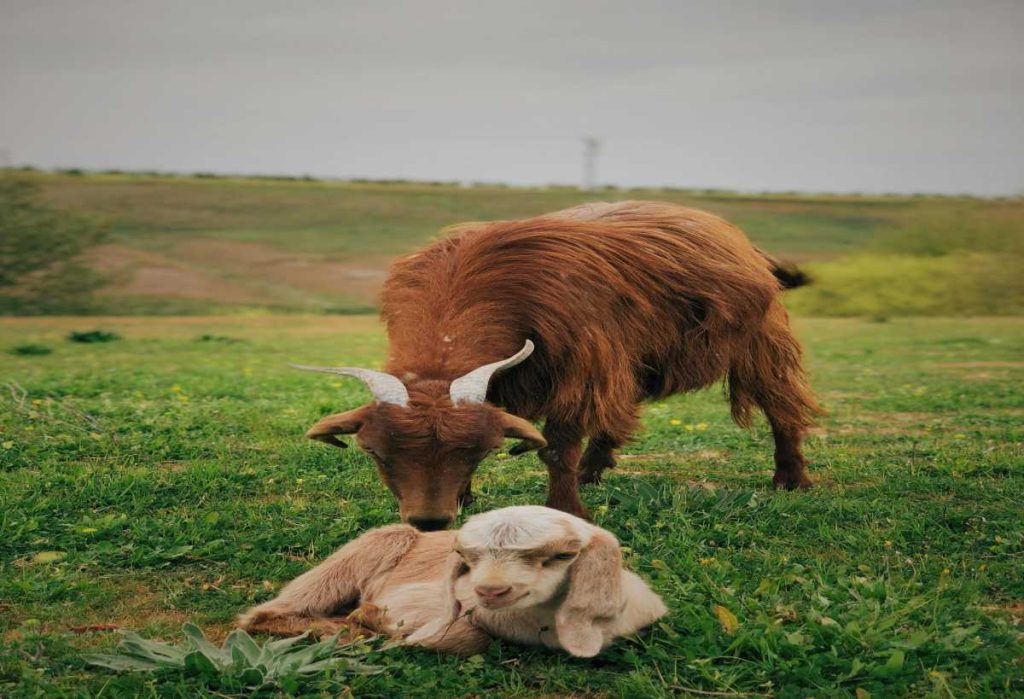
6. Optimize Breeding Seasons
Maximize Offspring Production
Goats have a natural breeding season, with does typically coming into heat in the fall. By syncing your breeding program with the goat’s natural reproductive cycle, you can ensure that kids are born at the most optimal time of the year. Depending on your location and breed, breeding goats during the late fall to early winter months can help you achieve spring births, which are ideal for growth and development.
Tip: Pay attention to the doe’s estrus cycle and plan breeding to optimize the timing of birth. This can reduce the chance of kidding during extreme weather conditions and help improve kid survival rates.
7. Keep Detailed Breeding Records
Track Genetics and Performance
Keeping accurate and detailed records of your goat breeding program is essential for evaluating herd performance, monitoring genetics, and making future breeding decisions. Record information about each breeding, including the buck and doe involved, the dates of mating, the health of the animals, and the results of each pregnancy.
Tip: Use a farm management software or manual record-keeping system to ensure you track important details like birth weights, growth rates, and any health issues in the offspring.
8. Monitor and Improve Fertility Rates
Maximize Reproductive Efficiency
Fertility is key to a productive breeding program, and some does may require additional support to maintain optimal fertility. Factors like age, health, and nutrition play a role in reproductive success, and monitoring these factors will help you improve fertility rates over time. If you notice any fertility issues in your herd, seek advice from a veterinarian or reproductive specialist.
Tip: Monitor your does’ heat cycles, and consider using hormonal treatments or synchronization methods to improve conception rates and increase the number of kids born each year.
Final Thoughts
Efficient goat breeding strategies are essential for modern farmers aiming to improve herd productivity and ensure the long-term success of their operations. By implementing a controlled breeding program, using advanced techniques like AI, and selecting for desirable traits, you can enhance the quality of your goats and meet your farming goals. Don’t forget that maintaining the health of your herd, providing proper nutrition, and monitoring fertility are key to optimizing reproductive success and maximizing your goat farm’s potential.
Whether you’re breeding goats for milk, meat, or fiber, these eight strategies will set you on the path to building a healthy, productive, and profitable herd.
Related Tips for Successful Goat Breeding:
- Be patient during the breeding process, as it can take time to see the results of your efforts.
- Avoid breeding closely related goats to prevent inbreeding and maintain genetic diversity.
- Consult a veterinarian for advice on improving reproductive health and fertility within your herd.

